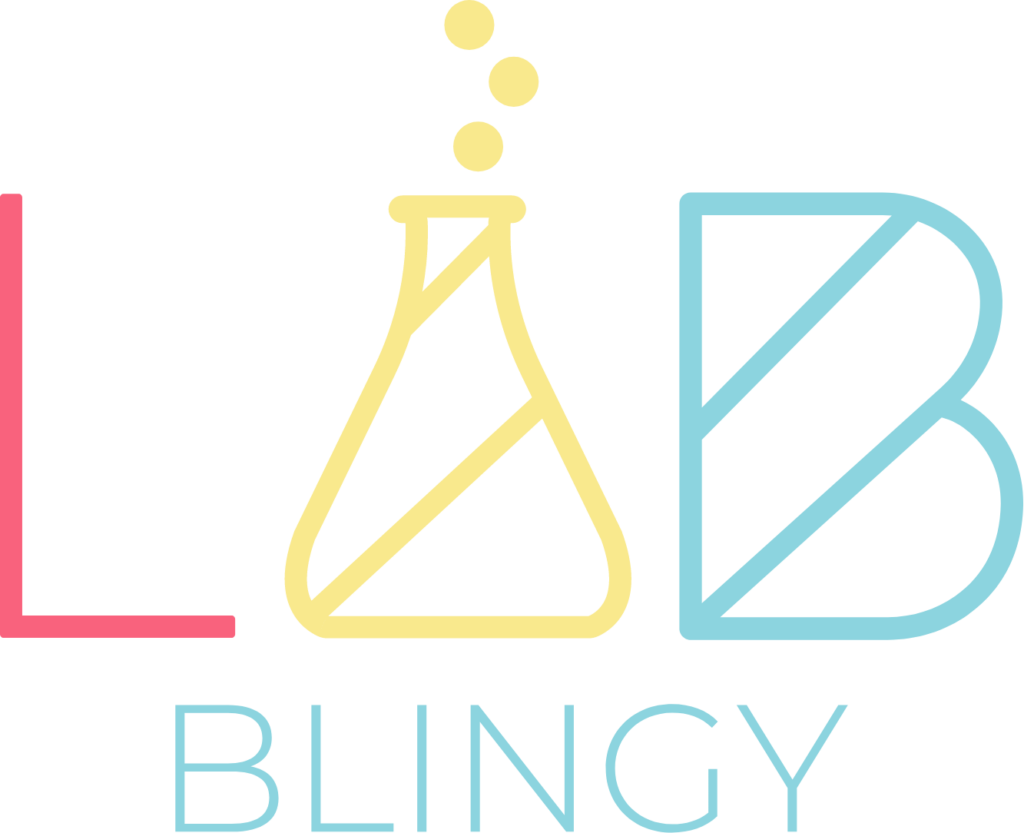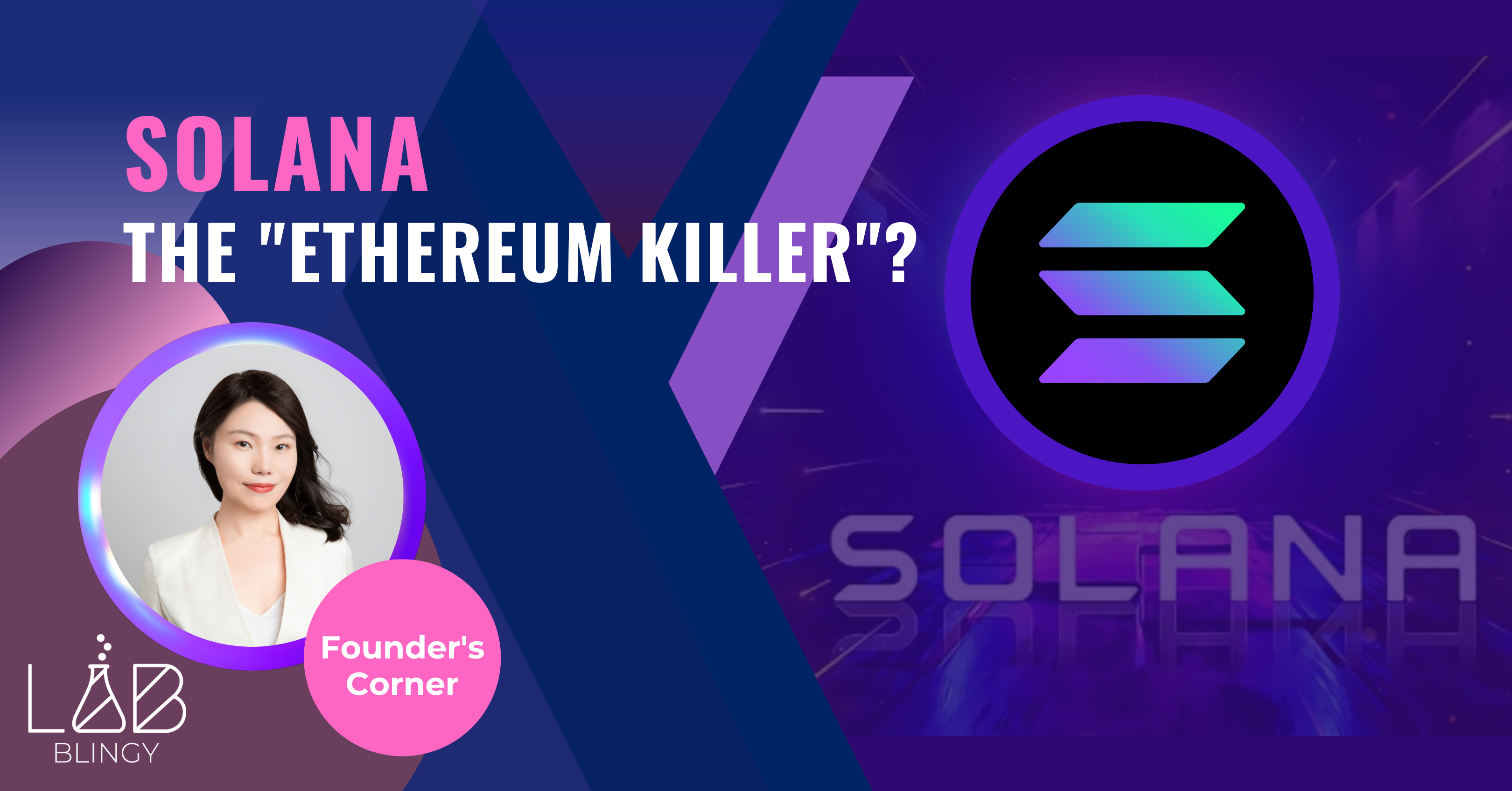Solana is a blockchain and highly functional open-source project that hosts decentralized and scalable applications. Created by Anatoly Yakovenko in 2017, Solana aimed to scale throughput more than popular blockchains’ previous achievements while keeping costs low.
Solana uses an innovative hybrid consensus model that merges a unique Proof-of-History (POH) algorithm with the lightning-fast synchronization engine, a Proof-of-Stake (POS) version. With this, the Solana network can process 50,000 transactions per second without scaling solutions.
SOL started trading at less than a dollar per coin as a digital currency, but its price has risen above $200, experiencing a dip alongside other cryptocurrencies in 2022. By January 2023, Solana dipped to under $16, though it is still among the top 15 largest cryptocurrencies according to market cap.
Also, the platform is a highly active open-source project that implements a new high-speed and permissionless layer-1 blockchain. Solana is a proliferating blockchain similar to Ethereum, and some have named it the “Ethereum Killer.” Solana offers tools to developers for building decentralized applications (dApps), smart contracts, and more, just like Ethereum. The Solana blockchain recently enabled compatibility with the Ethereum Virtual Machine (EVM) through a third party, Neon Labs. Developers can now port Ethereum smart contract code to Solana without modifying the existing codebase.
Like Ethereum, you can buy Solana tokens on most major exchanges. However, its real value is conducting transactions on the Solana network, which has unique benefits.
How Does Solana Work?
Solana operates on a combination of delegated proof-of-stake and proof-of-history protocols. This combination is because Solana is trying to process lots of transactions faster. Although, processing transactions rapidly sacrifices decentralization, leading to centralization.
Since the main aim of blockchain technology is to provide decentralized systems, Solana tries to achieve this by processing transactions at a sizeable centralized speed. At the same time, it aims to maintain the decentralization of Bitcoin. But due to the Blockchain Tri-Lemma, increasing speed has its drawbacks. Please read the upcoming article on the Blockchain Tri-Lemma for more details.
This speed makes increased scalability possible since Solana’s systems’ environmental and monetary costs are lower. However, the rate for added blockchain requires additional levels of security for the blockchain. This is where the proof-of-history algorithm is needed, a sequence of computations that gives a digital record that ensures an event has occurred on the network at any given time.
This algorithm timestamps each block to maintain the system’s security. Solana’s token is then staked and used as collateral for transaction processing on the network. These transactions include validating smart contracts and using Solana as a non-fungible token (NFT) marketplace.
Solana had its big break in August 2021, over a year since its inception, when Degenerate Ape Academy became the first major NFT project on the Solana NFT marketplace.
What Makes Solana Unique?
Considering the delegated proof of stake and a unique blend of proof of history, Solana offers faster transaction speeds than its closest competitors, Cardano (ADA) and Ethereum (ETH). Unlike proof of stake, which uses staked tokens to determine the next block, and proof of work, which uses high-powered computing, known as miners, to determine the next block in a chain, proof of history uses timestamps to define blocks for the Solana chain.
This innovative system allows validators to vote on the timestamps of blocks in the chain. They keep the chain decentralized while simultaneously allowing faster and more secure computations. The most significant advantage of Solana is its cheap and speedy transactions. Solana can handle up to 65,000 transactions within a second and $0.00025 for average cost per transaction.
This platform can do this because it uses proof of history, a unique algorithm to authenticate transactions. Most other blockchains use either proof of stake or proof of work consensus mechanisms.
In addition, Solana is an open-source blockchain which means that developers can use it in different ways. The Solana ecosystem enables the following:
- Selling, trading, and minting non-fungible tokens (NFTs).
- Creating decentralized finance (DeFi) platforms, like a decentralized crypto exchange.
- Building blockchain games and partnering with big companies such as Forte, Lightspeed, and FTX.
One exciting development made by Solana is Solana Pay, a free-to-use payment framework. This framework allows merchants to receive payments directly from customers through the Solana network. In addition, customers pay in stablecoins, such as USDT, designed to maintain a stable price. As a result, businesses can avoid high payment processing fees when using Solana Pay, significantly reducing costs compared to Ethereum. Unpredictable transaction fees can range anywhere from $1-200+ during peak Ethereum network usage.
Does Solana have long-term value?
Once introduced to the market, Solana rose quickly but tumbled alongside other cryptocurrencies. However, before concerning yourself with gains, losses, and fear of missing out, you should first understand the value of Solana based on its pros and cons.
Pros
Fast Transactions and Low Fees
- Some crypto enthusiasts believe that Solana is Ethereum’s biggest rival. Ethereum supports 14 transactions per second, but Solana supports 50,000. Ethereum migrated from proof of work consensus to proof of stake consensus, and the gas fees remained expensive. Also, Ethereum says 10,000 TPS can be possible with future ETH2 upgrades, including rollups, sharding, and bandwidth growth.
- Solana currently has an edge on transaction speed and costs. Since Solana is proof of stake, users secure and verify the Solana network by coin ownership. Proof of stake is less costly than proof of work consensus, and Solana issues less than 1 cent for transaction fees.
NFTs and Smart Contracts
- The non-Fungible Tokens (NFT) industry has grown exponentially over the last few years. NFT technology became a high-profile industry following the epic sale of NFT “Everyday” by Michael Winkelmann, a digital artist known as Beeple, at Christie’s for $69 million. After this highest-grossing sale, demand for NFTs has steadily increased. NFTs are available on various platforms offering NFT art, music, video, and more.
- Capitalizing on this expanding industry, Solana jumped into the market to share the NFT action. They are now gaining market share with Solanart, an NFT marketplace that runs on the Solana network. The most significant benefit for NFT buyers on Solanart is lower fees and faster transactions.
Low Environmental Impact
- One of the significant disadvantages of Bitcoin is its negative impact on the environment. In the early days of Bitcoin, miners could mine Bitcoin using personal PCs and laptops without issue. But the hash difficulty problem became more complex over the years, making it necessary to use specialized computing equipment (ASICs), which require large amounts of power to mine profitably.
- Solana boasts that its network is carbon neutral. The Solana Foundation has been climate-focused, and the greater community is building a better, more energy-efficient web3. In comparison to Bitcoin, Solana claims to have negligible, if not no, environmental impact.
Cons
Adjustable Tokenomics
- Solana aims to have a stable supply of SOL coins. So it began to increase the yearly supply of SOL tokens by 8%, which means that there was a 15% decrease in the inflation rate, and it will decline no further at this rate.
- Unlike Bitcoin, with a set algorithmic supply reduction every four years, the Solana Foundation can increase and decrease the yearly supply distribution. Adjustable tokenomics could make Solana’s price more volatile when compared to other cryptocurrencies with tokenomics set in stone.
Fewer Projects
- Although the Solana website says it has over 350 projects, including NFTs, DeFi, DEX, games, Metaplex, and exchange, this total represents just 10% compared to Ethereum projects. However, Solana claims to have thousands of creators, artists, and developers using Solana, and the size of the ecosystem may increase over time.
Why Is Solana Vulnerable?
- Solana has two significant vulnerabilities you should understand for the potential longevity of the network. These two vulnerabilities include its monolithic chain construction and overall security.
- Solana is a large concentration of on-chain wealth held by a small number of addresses, which potentially causes issues with governance, reduces overall network security, and limits the number of individuals that could be validators. Most significantly, large institutional investors could unload holdings over the broader market creating a price freefall.
- Monolithic chain construction is less efficient because core functions of execution, settlement, consensus, and data availability run in parallel on the same layer. dApps, NFTs, and smart contracts compete for the same block space, which is limited. Modular chains compartmentalize core blockchain functions running more efficiently at scale.
- As of June 2022, the Solana blockchain has gone offline seven times in 12 months. Some question whether Solana is a viable long-term blockchain. Others wonder if Solana’s outages are becoming the network’s new norm. Solana’s core technology is robust and fast, but it needs more security at scale. You can only choose two in the blockchain Tri-Lemma: Decentralization, Scalability, and Security. Solana decided to focus on scalability, speed, and throughput. Fifty thousand transactions per second are costly, drastically decreasing decentralization and security.
Conclusion
Solana offers incredible speed with a thriving ecosystem to create dApps, NFTs, smart contracts, and more. A carbon-neutral blockchain, 50,000 transactions per second, and extremely low transaction fees are great selling points. But under the hood, Solana needs to improve when it comes to decentralization and blockchain security. In terms of long-term viability and reliability, Solana struggles. What do you think? Is Solana the actual “Ethereum Killer,” or just another blockchain and cryptocurrency in the market? Leave your thoughts below.
Follow my Twitter @JoyyuanWeb3 to learn about the trends of Blockchain, Crypto, and Web3!








